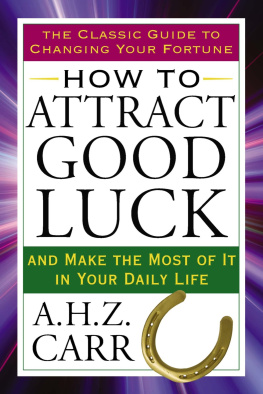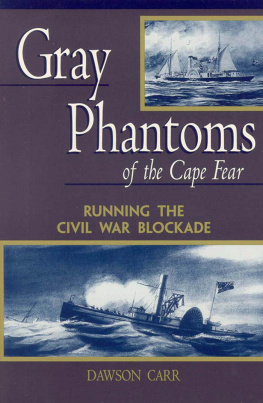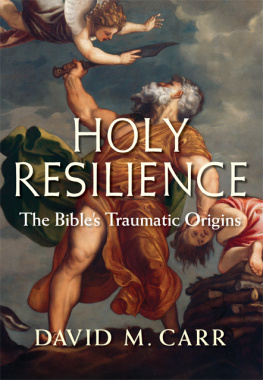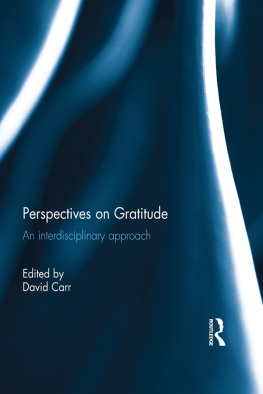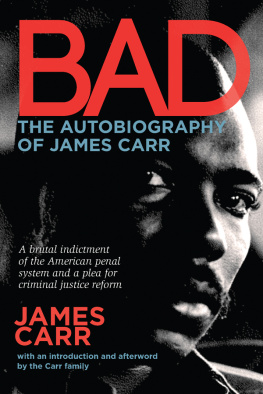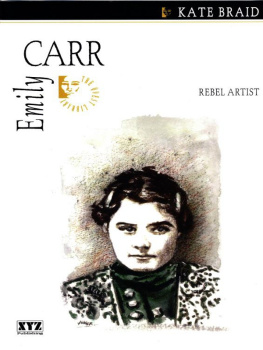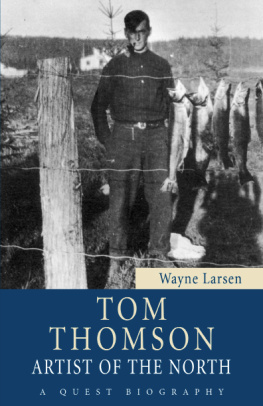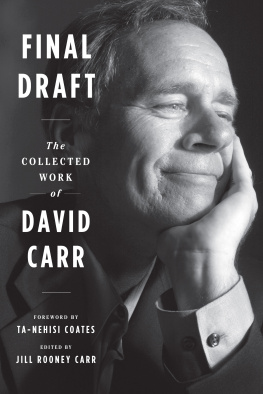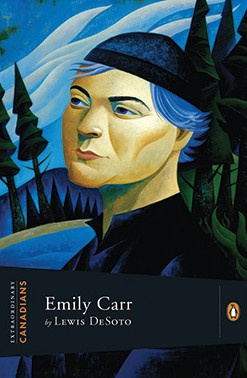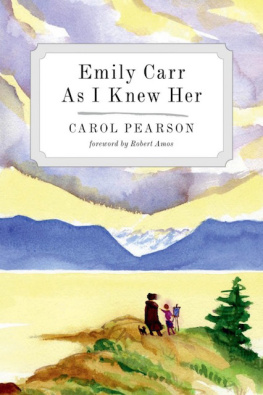Carr - Growing Pains
Here you can read online Carr - Growing Pains full text of the book (entire story) in english for free. Download pdf and epub, get meaning, cover and reviews about this ebook. City: London;Vancouver;B.C;Canada, year: 2005, publisher: Douglas & McIntyre, Hi Marketing [distributor], genre: Non-fiction. Description of the work, (preface) as well as reviews are available. Best literature library LitArk.com created for fans of good reading and offers a wide selection of genres:
Romance novel
Science fiction
Adventure
Detective
Science
History
Home and family
Prose
Art
Politics
Computer
Non-fiction
Religion
Business
Children
Humor
Choose a favorite category and find really read worthwhile books. Enjoy immersion in the world of imagination, feel the emotions of the characters or learn something new for yourself, make an fascinating discovery.

- Book:Growing Pains
- Author:
- Publisher:Douglas & McIntyre, Hi Marketing [distributor]
- Genre:
- Year:2005
- City:London;Vancouver;B.C;Canada
- Rating:4 / 5
- Favourites:Add to favourites
- Your mark:
- 80
- 1
- 2
- 3
- 4
- 5
Growing Pains: summary, description and annotation
We offer to read an annotation, description, summary or preface (depends on what the author of the book "Growing Pains" wrote himself). If you haven't found the necessary information about the book — write in the comments, we will try to find it.
Carr: author's other books
Who wrote Growing Pains? Find out the surname, the name of the author of the book and a list of all author's works by series.
Growing Pains — read online for free the complete book (whole text) full work
Below is the text of the book, divided by pages. System saving the place of the last page read, allows you to conveniently read the book "Growing Pains" online for free, without having to search again every time where you left off. Put a bookmark, and you can go to the page where you finished reading at any time.
Font size:
Interval:
Bookmark:
GR WING PAINS
WING PAINS

Emily Carr, Cedar, 1942, oil on canvas, Vancouver Art Gallery Collection, Emily Carr Trust, VAG 42.3.28. Photo by Trevor Mills
 WING PAINS
WING PAINSTHE AUTOBIOGRAPHY OF EMILY CARR
EMILY CARR
FOREWORD BY IRA DILWORTH
INTRODUCTION BY ROBIN LAURENCE

Copyright 2005 by Douglas & McIntyre
Text of Growing Pains copyright 2005 by John Inglis,
Estate of Emily Carr
05 06 07 08 09 5 4 3 2 1
All rights reserved. No part of this book may be reproduced, stored in a retrieval system or transmitted, in any form or by any means, without the prior written consent of the publisher or a licence from The Canadian Copyright Licensing Agency (Access Copyright). For a copyright licence, visit www.accesscopyright.ca or call toll free to 1-800-893-5777.
First published in 1946 by Oxford University Press
Douglas & McIntyre Ltd.
2323 Quebec Street, Suite 201
Vancouver, British Columbia
Canada V5T 4S7
www.douglas-mcintyre.com
Library and Archives Canada Cataloguing in Publication
Carr, Emily, 18711945.
Growing pains : the autobiography / by Emily Carr ; introduction
by Robin Laurence ; preface by Ira Dilworth.
ISBN 1-55365-083-2
1. Carr, Emily, 18711945. 2. PaintersCanadaBiography. I. Title.
ND249.C3A2 2005e 759.11 C2004-906462-2
Library of Congress information is available upon request
Editing by Saeko Usukawa
Cover and text design by Ingrid Paulson
Cover painting: detail from Emily Carr, Cedar, 1942, oil on canvas,
Vancouver Art Gallery Collection, Emily Carr Trust, VAG 42.3.28.
Photo by Trevor Mills
Printed and bound in Canada by Friesens
Printed on acid-free, forest-friendly (100 per cent
post-consumer recycled) paper, processed chlorine-free
Distributed in the U.S. by Publishers Group West
We gratefully acknowledge the financial support of the Canada Council for the Arts, the British Columbia Arts Council, and the Government of Canada through the Book Publishing Industry Development Program (BPIDP) for our publishing activities.
NOTE: About a thousand words were deleted from The Mansion after the first edition of Growing Pains; they have been restored.
To Lawren Harris
THE MAKING OF AN ARTIST
by Robin Laurence
OVER THE PAST few decades, Emily Carrs reputation has soared so high that it now can be argued she is Canadas best-known artist, historic or contemporary. Her impassioned paintings of the West Coast of Canadaher depictions of the monumental sculpture of British Columbias indigenous peoples and of the towering trees and dense undergrowth of the regions rain forests, executed during the early decades of the twentieth centuryhave superseded even the Group of Sevens iconic claim to Canadian wilderness. And to national identity. Yet it is not simply Carrs images that speak to us but also the story behind them. The romantic striving to manifest her vision, through decades of adversity, informs her work and amplifies our interest. We are moved by her struggle to survive economically and creatively, and to discover a way of expressing herself that accords with her sense of who she is and what her subject must be. We see not only aesthetic and thematic accomplishment in her work but also the difficult journey towards overcoming the gender and social biases of her time and place. We see the final realization of the artist she always knew herself to be.
We also see an artist to whom we can attach our own relationship to place, an artist whose legend haunts the West Coast landscape and shapes our understanding of it. An artist who confounds our expectations, too. When I was a graduate student of art history, I lived in the James Bay district of Victoria, across the street from the last house that Emily Carr occupied. The little blue cottage that belonged to her sister Alice was the final place to which the artist laid claim before checking herself into a nursing home to die. When I was a student, I was moved by the story of Emily Carrs last days and weeksshe was said to have walked across the street to telephone for an ambulanceand by all the other stories told about her in the neighbourhood, her neighbourhood, the one in which she was born and raised and lived the majority of her seventy-three years.
When I was that person, young and green and casting around for a thesis topic, I looked at the indigenous art of the Northwest Coast, looked at Emily Carrs mature paintings, and knowing a little about both but not a lot about either, I was certain the painting style had been influenced directly by the carvings they depicted. I could see so many formal similarities: the sinuous lines and organic forms, the volumetric handling of space, the smooth and graceful transitions from plane to plane. And then there was her own claim, made in the pages of this book: Indian art broadened my seeing. Only later did I come to understand that there was more Paul Czanne than Charles Edenshaw in her treatments of carved poles and primordial forests. There was more European modernism percolated through the Group of Seven than revelation directly acquired from the hands of classic Haida or Kwakwakawakw artists. Only later did I learn that Carr needed the direction of her white male teachers and colleagues to find a way through First Nations artand then past it to her own understanding of the landscape. The paradox is unsettling: so much of Carrs struggle seemed to be in throwing off the dictates of the conservative and patriarchal society into which she was born; so much of her mature accomplishment involved the advice and encouragement of men.
Born in Victoria, British Columbia, in 1871, Carr had to leave what was then a cultural backwater to study art with the seriousness her calling demanded. Over the course of twenty-one years, between the ages of eighteen and thirty-nine, she took herself to San Francisco, to London and to Paris in order to equip herself to be an artist. It was not until she was in her mid-fifties, however, living again in conservative Victoria, poor, alienated, at times despairing, that she made the connections with the Group of Seven, and with Lawren Harris particularly, that catapulted her into becoming the artist we now recognize as Emily Carr. The astonishing thing about her career is that the most definitive part of itthe part upon which her reputation is basedoccurred when she was in her late fifties and early sixties. Hers was a long and uncomfortable apprenticeship.
During Carrs last decade, ill health forced her to give up painting for protracted periods of time, and she turned her creative energies to writing, completing autobiographical sketches that she had been developing for some years. Unlike her visual art, her published writing generated immediate critical and popular acclaim. Carrs first book, Klee Wyck, which came out in 1941, was warmly reviewed, sold briskly and won a Governor Generals Award for non-fiction. It was followed by The Book of Small in 1942 and The House of All Sorts in 1944, also both well received.
Growing Pains: The Autobiography of Emily Carr
Next pageFont size:
Interval:
Bookmark:
Similar books «Growing Pains»
Look at similar books to Growing Pains. We have selected literature similar in name and meaning in the hope of providing readers with more options to find new, interesting, not yet read works.
Discussion, reviews of the book Growing Pains and just readers' own opinions. Leave your comments, write what you think about the work, its meaning or the main characters. Specify what exactly you liked and what you didn't like, and why you think so.

